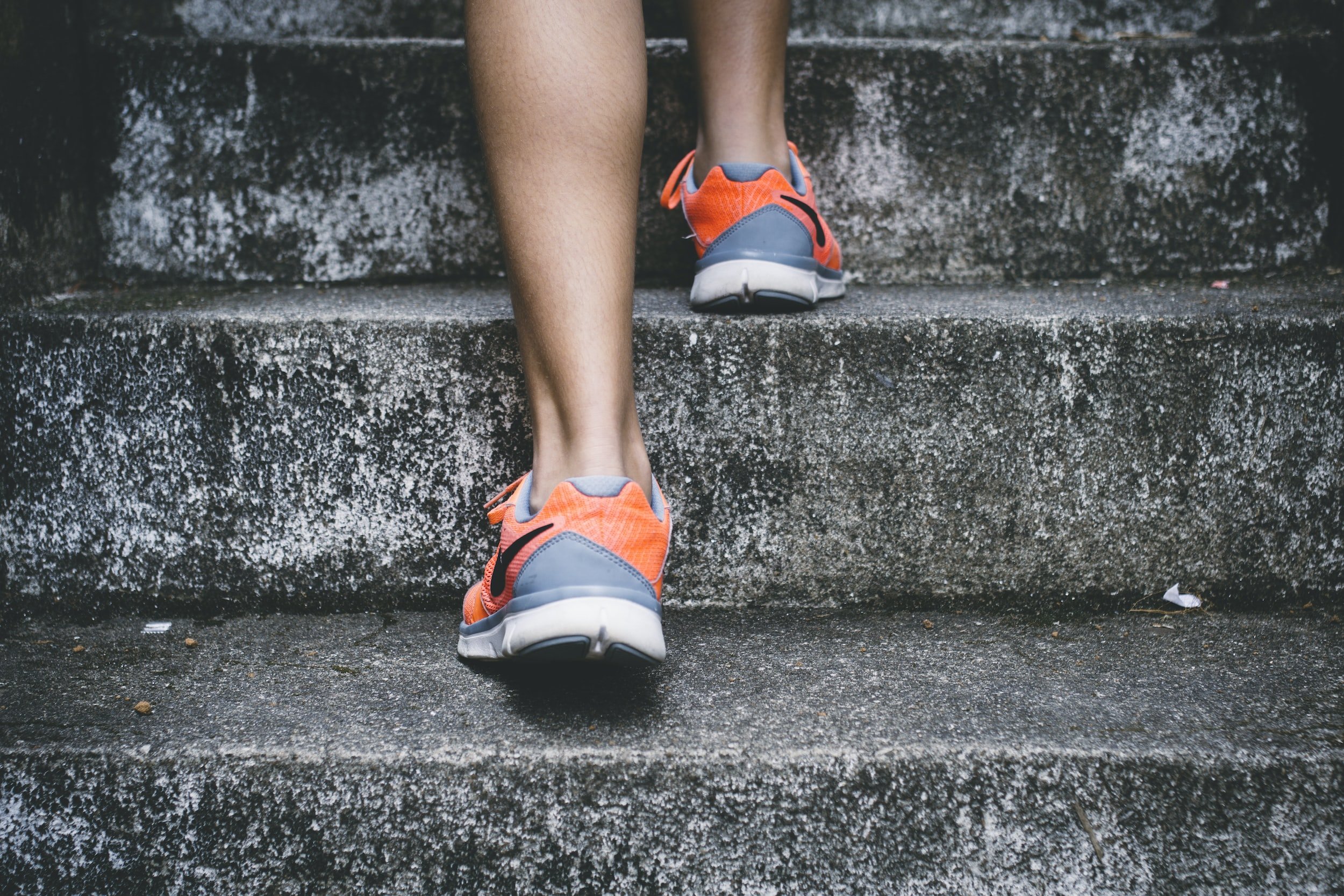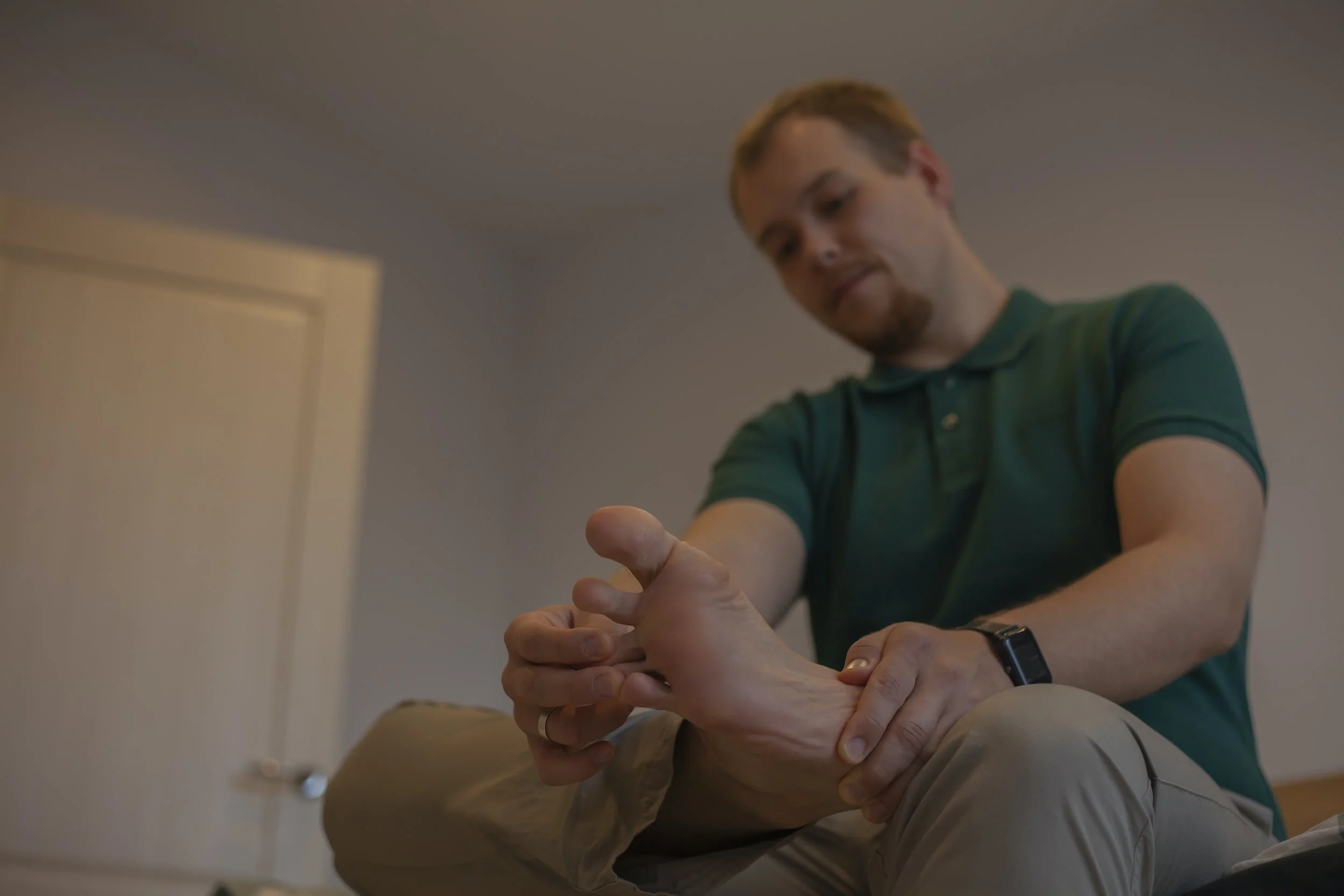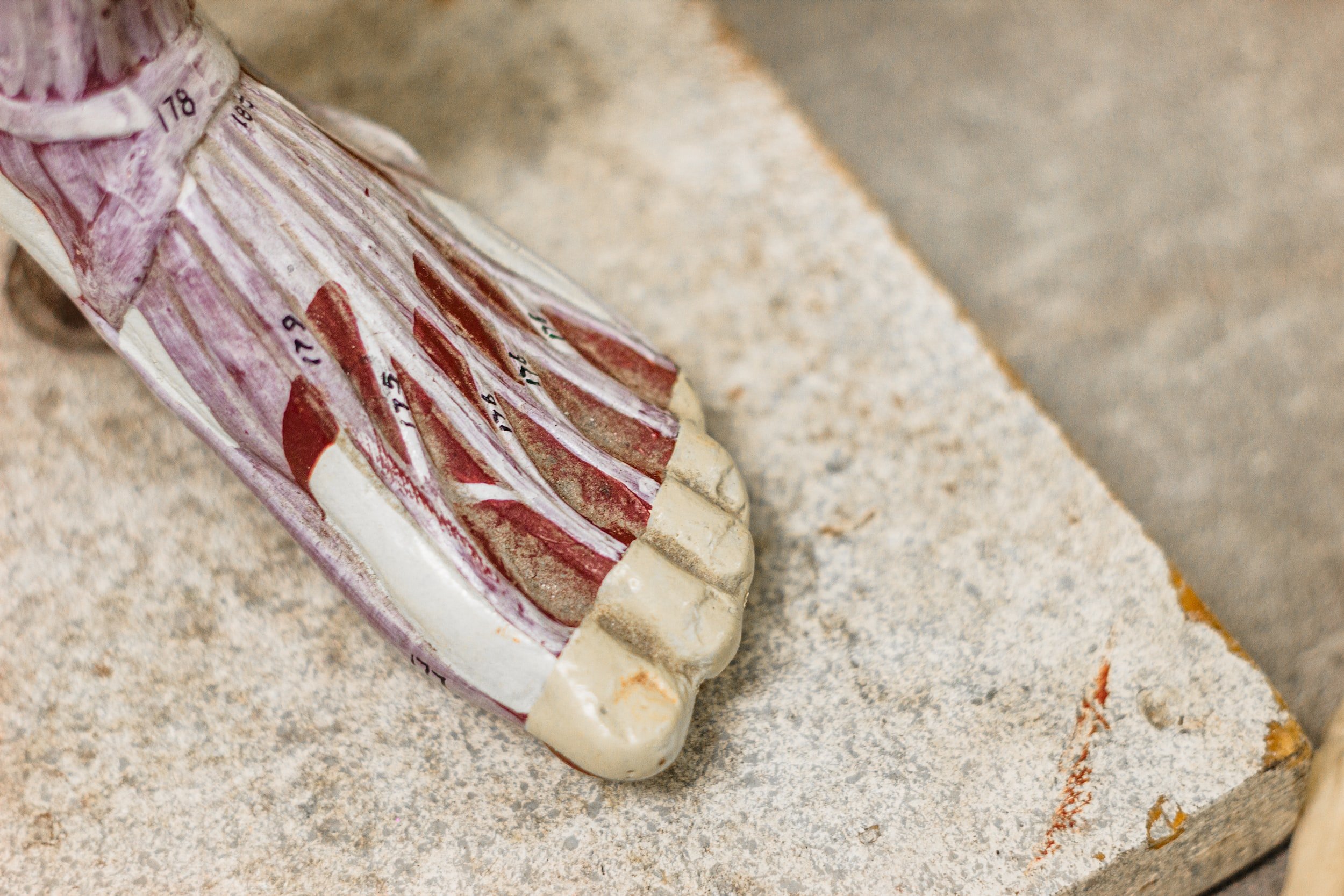Our Services
Mechanics of the foot
The foot is an often neglected, yet complex part of the body. with the foot acting to keep us moving, we place 2-3 times our body weight through each foot whilst walking and 4-6 times our body weight when running. Repeated strain and poor function of the foot can lead to injury.
Bunions
Bunions are a deviation of the great toe and the long bone that connects to it. It is commonly seen as a bump and the great toe can press against the second or even the third toe, depending on severity of the joint deformity. It is where the long bone that connects to the great toe moves upwards and outwards, in an attempt to stabilise itself. The deformity is common in a flat foot where the joints are hypermobile and locking of the joints through gait doesn’t happen.
Risk factors for bunions are genetics, foot wear type and previous foot trauma. Conservative treatments revolve around reducing skin irritation through foot wear and using an orthotic to slow the progression of the deformity. Bracing and toe spacers can also be used to reduce irritation between the toes and improve joint alignment for the great toe. In severe cases, surgery to correct the joint alignment and remove damaged bone may be required.
Tailors bunions, or bunionettes, are a similar deviation but of the 5th toe. Again conservative therapies using foot wear, spacers and orthotics, aim to improve the joint alignment and reduce skin and soft tissue irritation. Surgical intervention may be needed in some cases to improve the joint alignment and remove arthritic damage.
Plantar Fasciitis
Plantar fasciitis is a common pathology that can happen with the soft tissues of the feet. It is typically seen as pain under the heel on first standing after rest which slowly improves to a dull ache on exercise. The pain is from small tearing of the tissue due to excessive stress or direct trauma to the plantar fascia. The plantar fascia is connective tissue that joins the heel to the ball of the foot, it helps to stabilise the arch of the foot when pushing off the ground.
When a person has a flat or hypermobile foot, the joints in the feet are not stable. Unstable joints place greater stress on the muscles and connective tissues, and increases the risks of injury.
Sprains and strains
Ligament sprains, tendonopathy and muscle strains are common soft tissue injuries that can occur through trauma or overuse of the foot and lower limb. Foot wear, foot function and range of motion all contribute to increasing or decreasing the likelihood of such injuries.
A Podiatrist can provide treatment through:
an exercise and stretching plan to promote strength and reduce repeated tissue stress.
offer insites into appropriate foot wear for the patient
provide taping, bracing and other mechanical devices to reduce load on injured tissue
Morton’s Neuroma
Morton’s neuroma, or a neuroma-bursal complex, is a type of nerve irritation. The nerve between the long bones of the feet is squeezed between the bones or rubbed by the ligaments in the ball of the foot. This creates nerve thickening, swelling and pain between the joints in the ball of the foot.
A Podiatrist can provide conservative therapy for the foot to reduce pressure on the nerve and allow it to return to its normal size.




